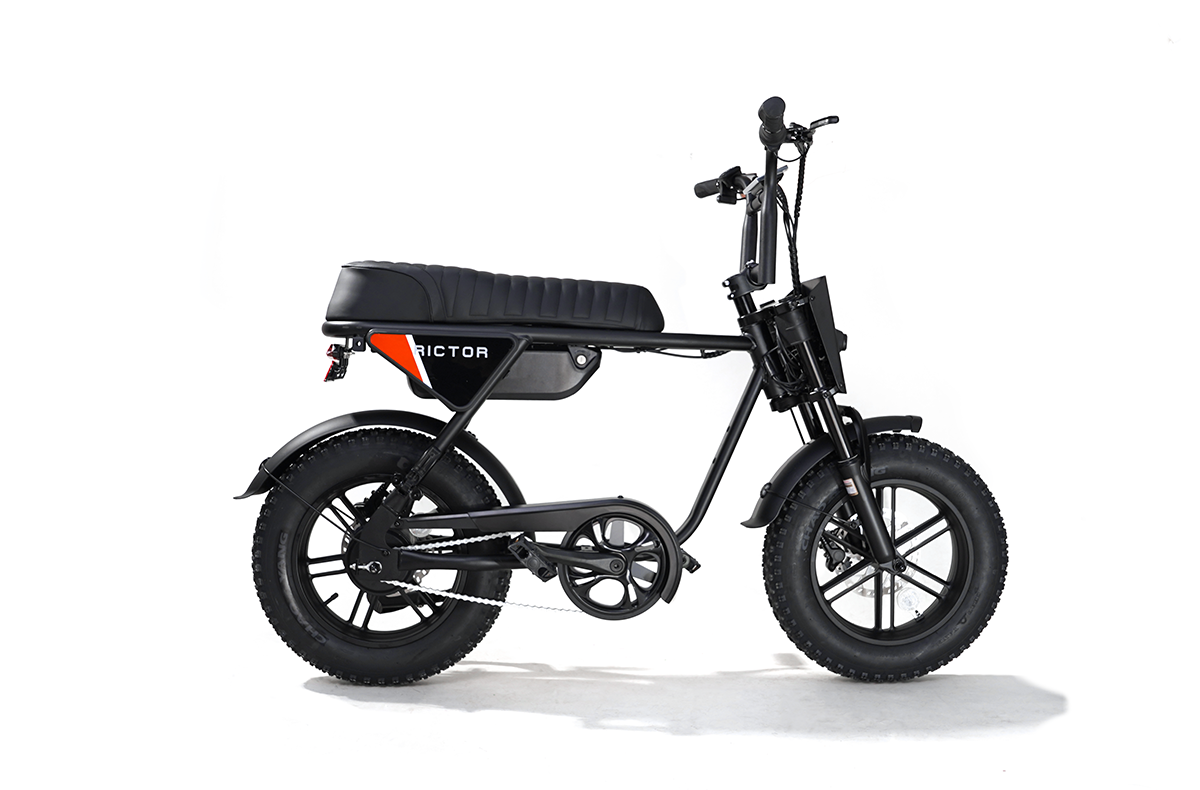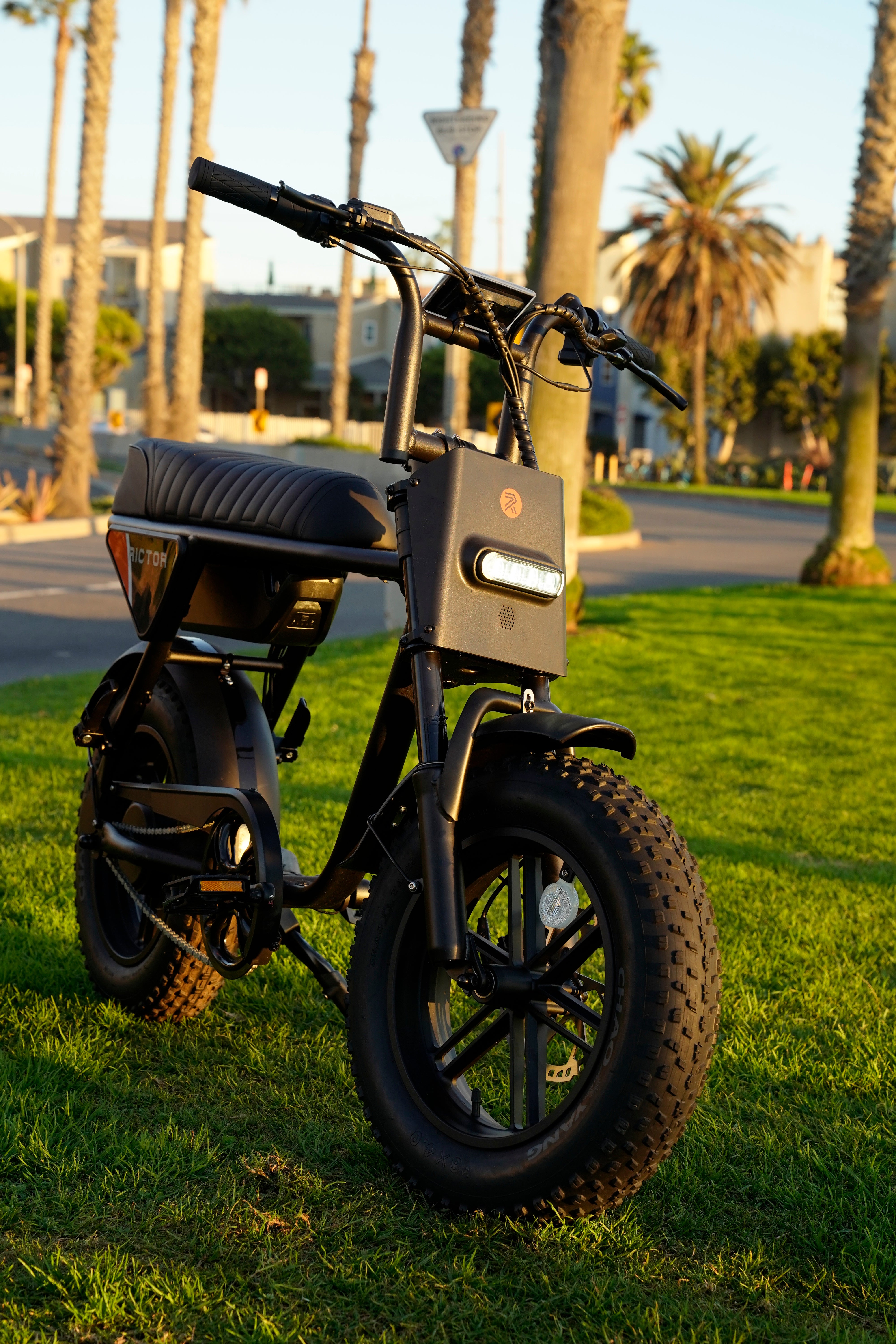
How to Fix Electric Bike Hall Sensor
Hall sensors are critical components in electric bikes, specifically used for detecting the position of the motor's rotor.
They work by sensing the magnetic field generated by the rotor and providing feedback to the motor controller.
This feedback ensures that the motor operates efficiently, allowing for smooth acceleration and reliable braking.
Signs of a Faulty Hall Sensor
Several indicators suggest that a Hall sensor may be malfunctioning.
Hesitation During Acceleration: If you notice your e-bike stuttering or lagging when you press the throttle, this may indicate a problem with the sensor's ability to send accurate signals to the motor.
Unexpected Shutdowns: If your bike suddenly loses power while riding, it could be a sign that the Hall sensor is failing to communicate with the motor, leading to an abrupt stop.
Failure to Start: A bike that won’t start at all may have a malfunctioning Hall sensor, which prevents the motor from receiving the necessary signals to engage.
Unusual Noises: Listen for grinding, clicking, or buzzing sounds coming from the motor. These noises can indicate that the sensor is not functioning properly, causing irregular motor behavior.
Warning Lights or Error Codes: If your e-bike’s control panel displays warning lights or error codes, this could be a direct indication of a problem with the Hall sensor.
Inconsistent Speed Control: If you experience sudden changes in speed, such as the bike accelerating or decelerating unexpectedly, this could mean the Hall sensor is failing to provide accurate feedback to the motor controller.

Testing Hall Sensor Functionality
Testing a Hall sensor is a straightforward process that you can perform with a few simple tools.
-
Disconnect the Sensor: Locate the Hall sensor and carefully disconnect it from the motor controller. This will allow you to test the sensor without interference from other components.
-
Prepare the Multimeter: Grab a multimeter and set it to measure voltage. Make sure it’s properly calibrated for accurate readings. A multimeter is essential for assessing the voltage output of the Hall sensor.
-
Rotate the Motor Rotor: Manually rotate the motor's rotor slowly. As you do this, closely observe the voltage readings on the multimeter. A functioning Hall sensor should produce a consistent voltage signal with each rotation of the rotor. You should see a clear pattern in the voltage output.
-
Consistent Voltage: If you observe steady and repeatable voltage readings as you rotate the rotor, the Hall sensor is working correctly.
-
Erratic or No Readings: If the readings fluctuate wildly or show no voltage at all, this indicates that the sensor is likely faulty and may need to be repaired or replaced.
-
Alternative Testing Method: In addition to using a multimeter, you can test the Hall sensor using a simple circuit. Connect the sensor to a battery, and then measure the output. When you trigger the sensor (by bringing a magnet close), it should produce a clear response. If there’s no output, the sensor is not functioning.
Repair Or Replace
When it comes to fixing a Hall sensor, having the right tools is essential. Basic tools include a multimeter for testing, screwdrivers for disassembly, and soldering equipment for repairs.
Repair is an option when the issue involves minor problems, such as loose connections or damaged wires.
If you notice that connections are not secure, you can tighten them or solder any broken wires.
Additionally, if the sensor itself has minor physical damage but is otherwise functional, you can attempt to recalibrate it to restore its performance.
Replacement is necessary when the Hall sensor is severely damaged or completely non-functional.
If testing shows erratic or no voltage readings despite secure connections and calibration, it’s clear that the sensor cannot be repaired.
In such cases, you should replace the entire sensor to ensure proper functioning of your e-bike.

Preventing Hall Sensor Failures
Conduct routine checks on your e-bike, specifically focusing on the Hall sensor and its connections.
Look for signs of wear, such as frayed wires or loose connectors. Addressing these issues early can prevent more significant problems down the line.
Dirt and debris can accumulate around the Hall sensor, obstructing its functionality.
Regularly clean the sensor area and ensure it remains free from contaminants.
Use a soft cloth and, if necessary, a mild cleaner to avoid damaging the sensor.
Hall sensors are sensitive to moisture, which can lead to short-circuiting.
To protect your sensor, ensure that all connections are sealed and consider using waterproof connectors.
If you ride in wet conditions, be especially diligent in checking for moisture-related damage.
Ensure that the Hall sensor is installed correctly according to the manufacturer’s specifications.
Improper installation can lead to misalignment or strain on the sensor, increasing the risk of failure. Follow guidelines carefully and double-check your work.
Be mindful of the load you place on your e-bike.
Excessive weight or harsh riding conditions can strain the motor and its components, including the Hall sensor.
Aim to stay within the recommended weight limits and avoid extreme terrain when possible.
Store your e-bike in a dry, cool place when not in use.
Extreme temperatures or humidity can negatively affect the sensor’s performance.
Keeping your bike in a controlled environment helps maintain its components.
Conclusion
Hall sensors are important for how well your e-bike works by helping it run smoothly and providing accurate information to the motor.
To avoid problems with the sensor, it's helpful to do regular checks, keep it clean, and make sure it’s installed correctly.
FAQs
What is the average cost to replace a Hall sensor?
The cost can vary but typically ranges from $20 to $100 for the part, plus any labor charges if you hire a technician.
Do Hall sensors require regular maintenance?
While they don’t need much maintenance, keeping the area clean and checking connections periodically can help extend their lifespan.
What tools are essential for Hall sensor maintenance?
Essential tools include a multimeter for testing, screwdrivers for disassembly, and cleaning supplies to keep the sensor area clear of dirt.



